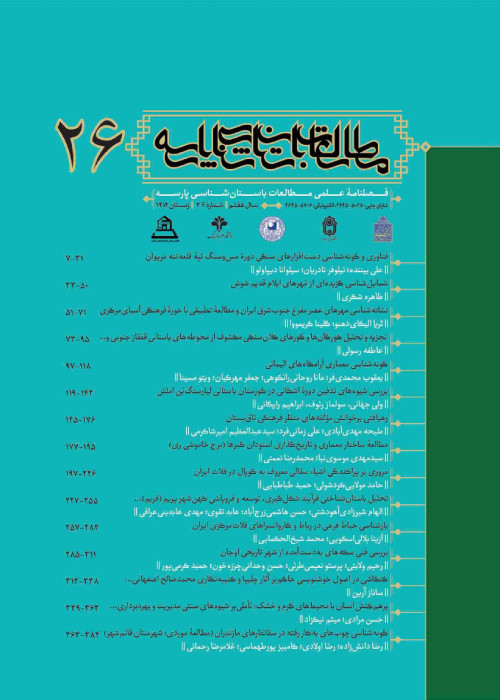Who were the Rus During the Samanid Period? A Reexamination of 9th-10th Persian and Arabic Textual Accounts in Light of Recent Archaeological, Genealogical, and Genetic Studies
This paper utilizes an approach that combines studies of Samanid period artifacts and textual accounts with modern genetic studies to explore the identity of the people who were involved in long distance trade from the far eastern regions of the Central Asia into Northern Europe. Although this study does not analyze the Samanid works, it reiterates and illustrates how important Iran/Persia was in the history of Europe as well as Central Asia. The information contained in the artifacts and texts gives us the evidence needed to understand the vast trade network and the people who were responsible for the movement of these goods, people and ideas. This study reconfirmed recent genetic studies that the people, collectively termed Rus or Vikings, were a mixture primarily of Scandinavians, Slavs, and Turks, with additional admixing with local populations. The importance of the Persian and Arabic sources addressing contact between the Rus and Eastern people has been thoroughly discussed by Thorir Jonsson Hraundal. In these texts, the Rus were referred to by different names including Majus, Northmanni, Urduman, Warank as well as by other names. One of his many observations is the unmistakable influence of Turkic culture on that of the Rus. This complex ancestry is supported by recent genetic studies and will be discussed in more detail below in light of archaeological evidence. Thus, the term Rus refers to a way of life rather than a homogenous ethnic or cultural group. However, this study refined the identity of the people responsible by observing a correlation between the distribution of the genetic haplogroup R1a sub-clade and the long-distance trade routes across Central Asia to Northern Europe, with the central focus in Eastern Europe. Despite the vast distance, the evidence indicates that there were cultural contacts between people with linked ancestry. The study is important because it begins to reveal the unexpected influence of Eastern cultures on those of Northern Europe.
- حق عضویت دریافتی صرف حمایت از نشریات عضو و نگهداری، تکمیل و توسعه مگیران میشود.
- پرداخت حق اشتراک و دانلود مقالات اجازه بازنشر آن در سایر رسانههای چاپی و دیجیتال را به کاربر نمیدهد.


